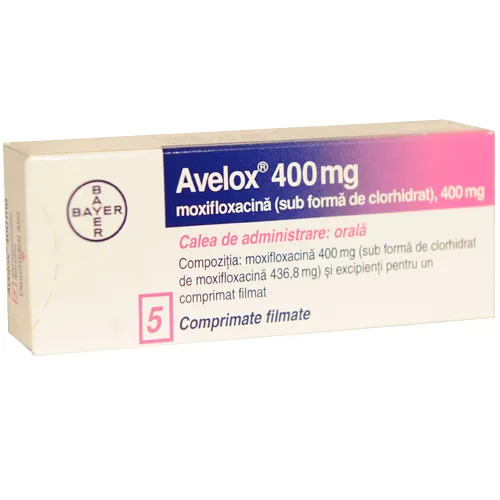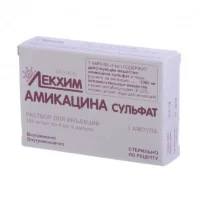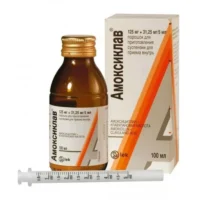Description
Avelox (Moxifloxacin) Coated Tablets 400 mg. N5
Ingredients
Composition: Each coated tablet contains 400 mg of moxifloxacin.
Mechanism of Action
Pharmacological Properties: Moxifloxacin inhibits bacterial DNA replication by targeting essential enzymes, thereby halting bacterial growth and proliferation within the body.
Indications for Use
Indications: Avelox (moxifloxacin) is prescribed for the treatment of bacterial infections, including respiratory tract infections, skin and soft tissue infections, and intra-abdominal infections.
Contraindications
Contraindications: Avelox should not be taken by individuals with a known history of hypersensitivity to moxifloxacin or other fluoroquinolones. Patients are advised to disclose any existing allergies to their healthcare provider before initiating treatment.
Side Effects
Adverse Reactions: Common side effects may include nausea, diarrhea, headache, and dizziness. If any severe or persistent side effects occur, immediate medical attention is recommended.
Usage Instructions
Dosage and Administration: The typical dosage regimen involves taking one 400 mg tablet of Avelox daily. Patients must adhere to the prescribed dosage instructions provided by their healthcare provider and swallow the tablet whole with a full glass of water.
Benefits Compared to Analogues
Advantages: Avelox has demonstrated effectiveness against a broad spectrum of bacteria, as evidenced by its clinical performance in treating respiratory infections. The drug’s potency and efficacy are comparable to other fluoroquinolone antibiotics.
Suitable Patient Groups
Population Suitability: Avelox is suitable for adult patients and has been shown to be effective across various age groups, including the elderly. Pediatric use should be determined based on individual patient considerations.
Storage and Packaging
Storage Conditions: Avelox should be stored at room temperature away from moisture and heat. The product’s shelf life is typically indicated on the packaging. Each package contains 5 coated tablets of 400 mg strength.
Clinical Evidence and Effectiveness
Scientific Validation: Clinical studies have confirmed the efficacy of moxifloxacin, the active ingredient in Avelox, against a diverse range of bacterial strains. Notably, research published in the Journal of Antimicrobial Chemotherapy has highlighted moxifloxacin’s effectiveness in combating respiratory infections.





